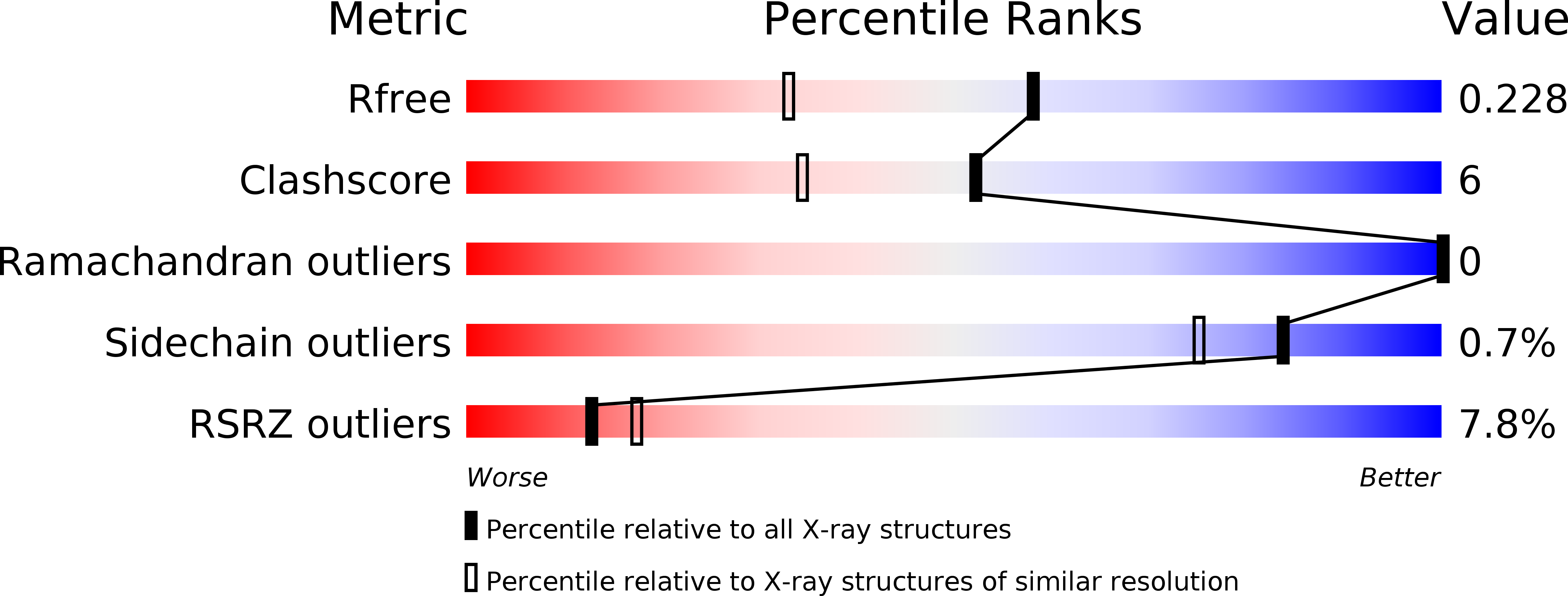
Deposition Date
2010-11-25
Release Date
2011-08-24
Last Version Date
2024-05-08
Entry Detail
PDB ID:
2XZE
Keywords:
Title:
Structural basis for AMSH-ESCRT-III CHMP3 interaction
Biological Source:
Source Organism:
HOMO SAPIENS (Taxon ID: 9606)
Host Organism:
Method Details:
Experimental Method:
Resolution:
1.75 Å
R-Value Free:
0.22
R-Value Work:
0.19
R-Value Observed:
0.19
Space Group:
P 41


